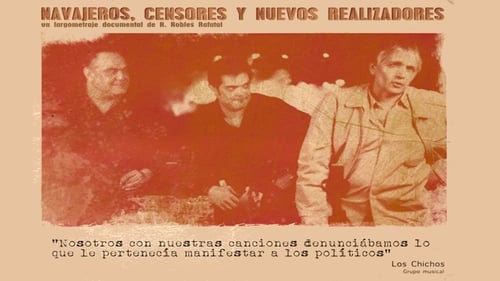
Latest example of Spanish "neokinki" cinema, which was popular in the late seventies/early eighties, right after the end of Franco's dictatorship. Destructured families of low social classes are the perfect environment for delinquency, drugs, violence and broken lives.

Frank Martin
In 1935, former Hollywood silent film star Ramón Novarro (of Durango, Mexico) joined the ranks of adventurous Spanish-speaking, risk-taking producers by writing, directing and producing through his R.N.S. Productions this romantic comedy set in Los Angeles. The film, shot in collaboration with members of his extensive family—brothers Antonio (assistant director) and Eduardo Samaniego (art director), sister Carmen Samaniego (actress), and uncle Ramón Guerrero (actor)—centers on the romance of the rich Rosalía (Luana Alcañiz) and the poor Alberto, a swimmer played by real life Argentinian swimmer José A. Caraballo, who, like the character in the film, had competed in the 1932 Los Angeles Summer Olympic Games.


